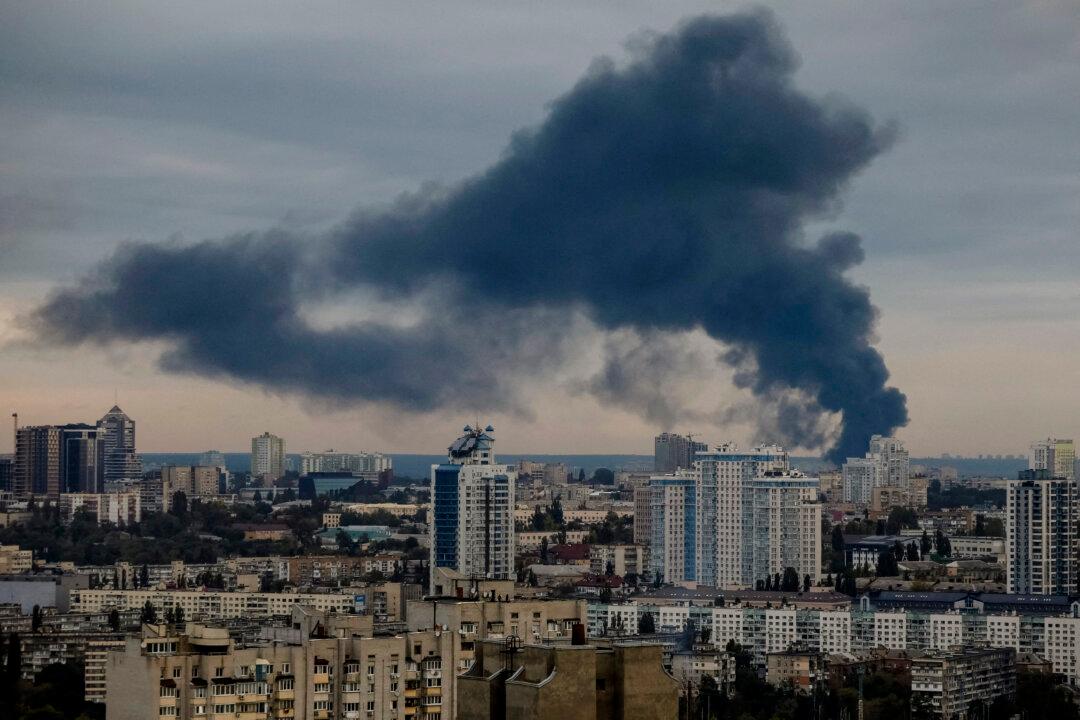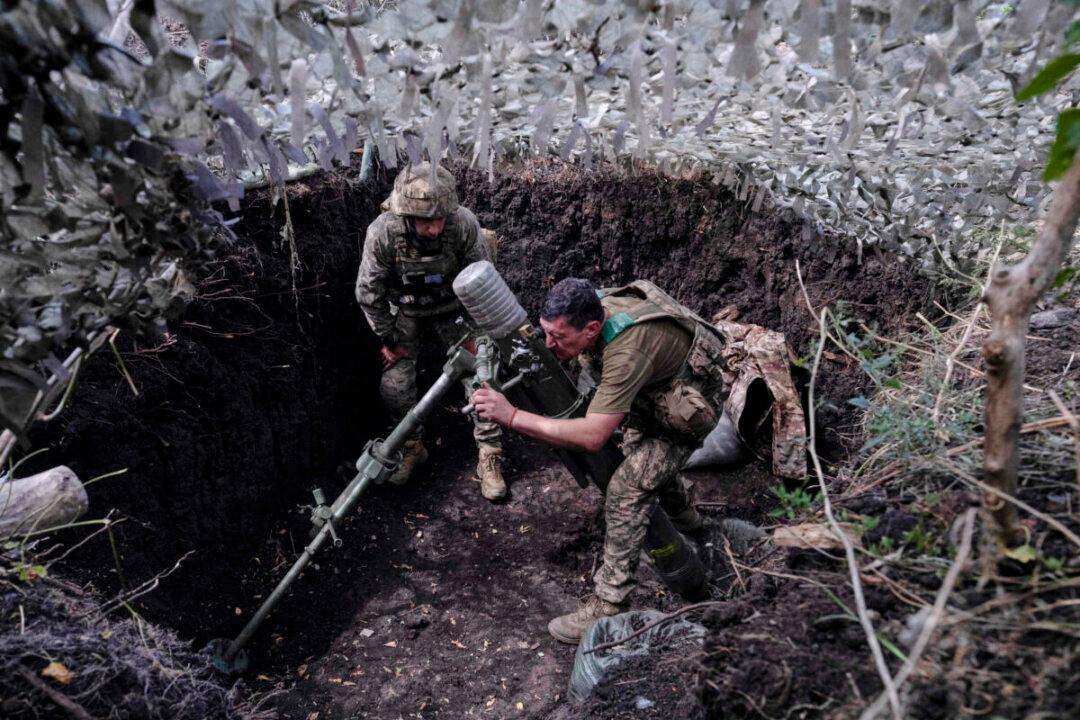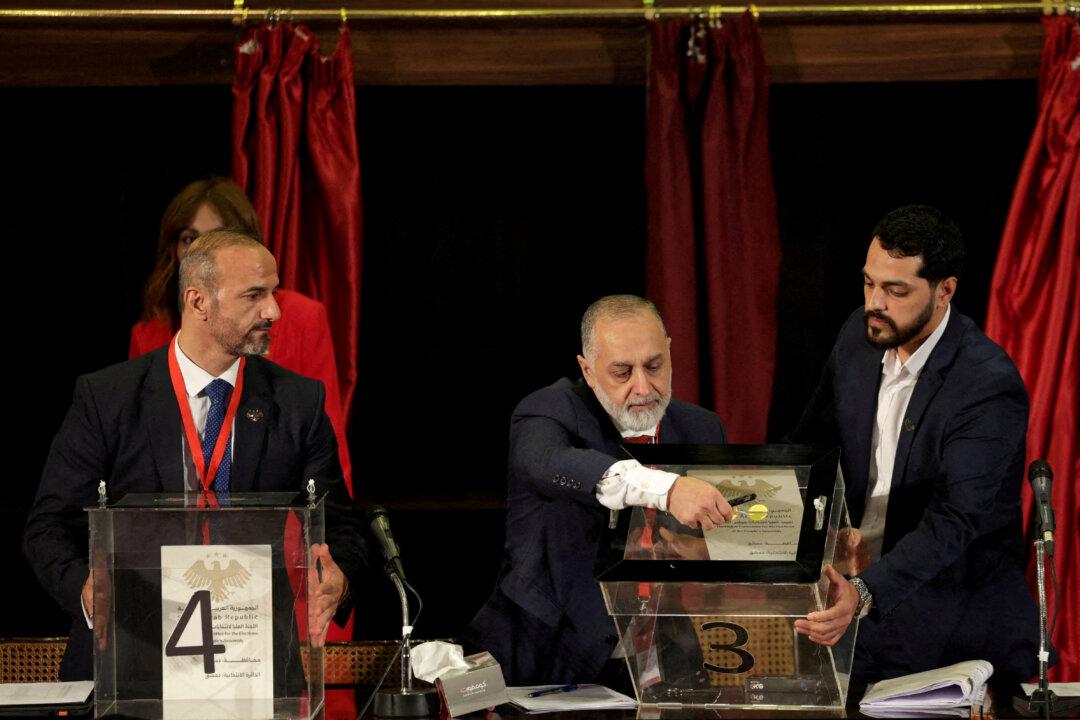Germany will deploy a permanent combat brigade to fellow NATO member Lithuania in the next three years, according to a deal signed this week between the defense ministers of both countries.
Once implemented, the move will be Germany’s first permanent foreign military deployment since World War II.





